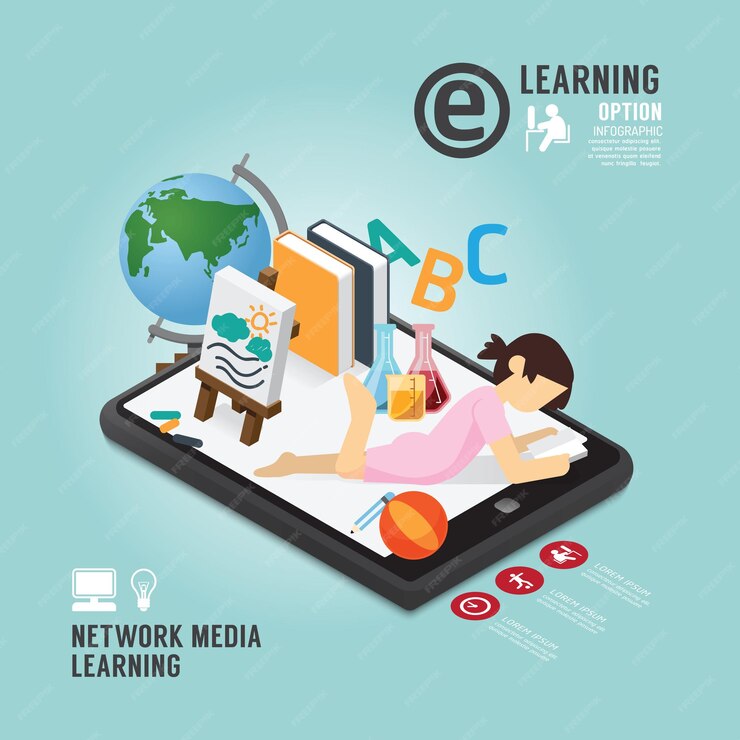Technology has revolutionized the way we learn, and language education is no exception. From interactive apps to virtual classrooms, digital tools are transforming how we acquire new languages. Let’s explore the significant impact of technology on modern language education.
Enhanced Accessibility and Flexibility
One of the most significant advantages of technology is increased accessibility. Language learning resources are now at our fingertips. Online platforms, mobile apps, and websites offer a vast array of educational materials, from interactive lessons and vocabulary exercises to grammar explanations and multimedia content. Learners can access these resources anytime, anywhere, making language learning convenient and flexible.
Interactive and Engaging Learning Experiences
Technology has breathed new life into language learning by making it interactive and engaging. Language apps often incorporate gamification elements, turning learning into a fun and rewarding experience. Interactive exercises, quizzes, and multimedia content enhance learners’ motivation and retention.
Personalized Learning
Technology enables tailored learning experiences. Adaptive learning platforms can track learners’ progress and adjust lessons accordingly. This personalized approach ensures that learners focus on areas where they need improvement, optimizing their learning journey.
Virtual Classrooms and Online Tutoring
The rise of virtual classrooms has bridged geographical distances, allowing learners to connect with teachers and fellow students from around the world. Online tutoring platforms provide opportunities for personalized instruction and real-time interaction with native speakers.
Language Learning Communities
Technology has fostered the growth of online language learning communities. Learners can connect with others, share experiences, and practice speaking with native speakers. These communities offer invaluable support and motivation.
Challenges and Considerations
While technology offers numerous benefits, it’s essential to maintain a balanced approach. Overreliance on technology can hinder the development of crucial language skills, such as speaking and listening. Additionally, ensuring the quality and accuracy of online resources is crucial.
In conclusion, technology has become an indispensable tool in language education. It enhances accessibility, engagement, and personalization, making language learning more effective and enjoyable. However, it’s essential to combine technology with traditional learning methods and human interaction for a well-rounded language learning experience.
Technology’s Impact on Language Learning for Children
Technology has transformed the landscape of education, and language learning is no exception. Let’s explore how technology is shaping the way children learn languages.
Engaging and Interactive Learning Experiences
-
Gamification: Language learning apps often incorporate game-like elements, making learning fun and rewarding for children.
-
Multimedia Content: Videos, animations, and interactive exercises enhance comprehension and retention.
-
Adaptive Learning: Technology allows for personalized learning experiences based on individual needs and progress.
Increased Accessibility
-
Online Resources: A wealth of language learning materials is available online, providing flexibility and convenience.
-
Language Exchange Platforms: Children can connect with native speakers worldwide, fostering cultural exchange and language practice.
-
Mobile Learning: Language learning apps enable on-the-go practice, making learning accessible anytime, anywhere.
Early Exposure to Multiple Languages
-
Language Immersion: Technology can create immersive language environments, exposing children to diverse cultures and languages.
-
Bilingual and Multilingual Content: Availability of content in multiple languages promotes early language acquisition.
Challenges and Considerations
While technology offers numerous benefits, it’s essential to use it judiciously. Excessive screen time can be detrimental to children’s development. Additionally, the quality of online content varies significantly, so parents and educators should carefully select resources.
To maximize the benefits of technology, it’s crucial to balance screen time with traditional learning methods, such as storytelling, songs, and interactive play.

